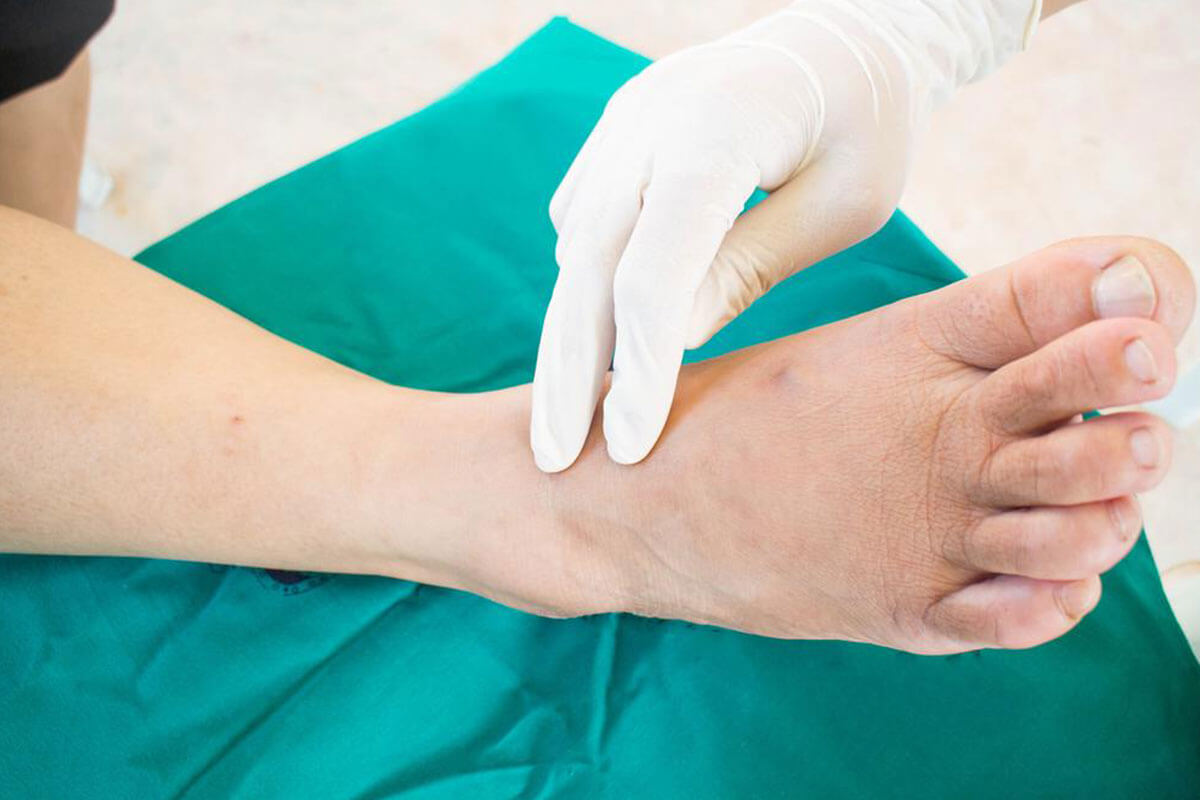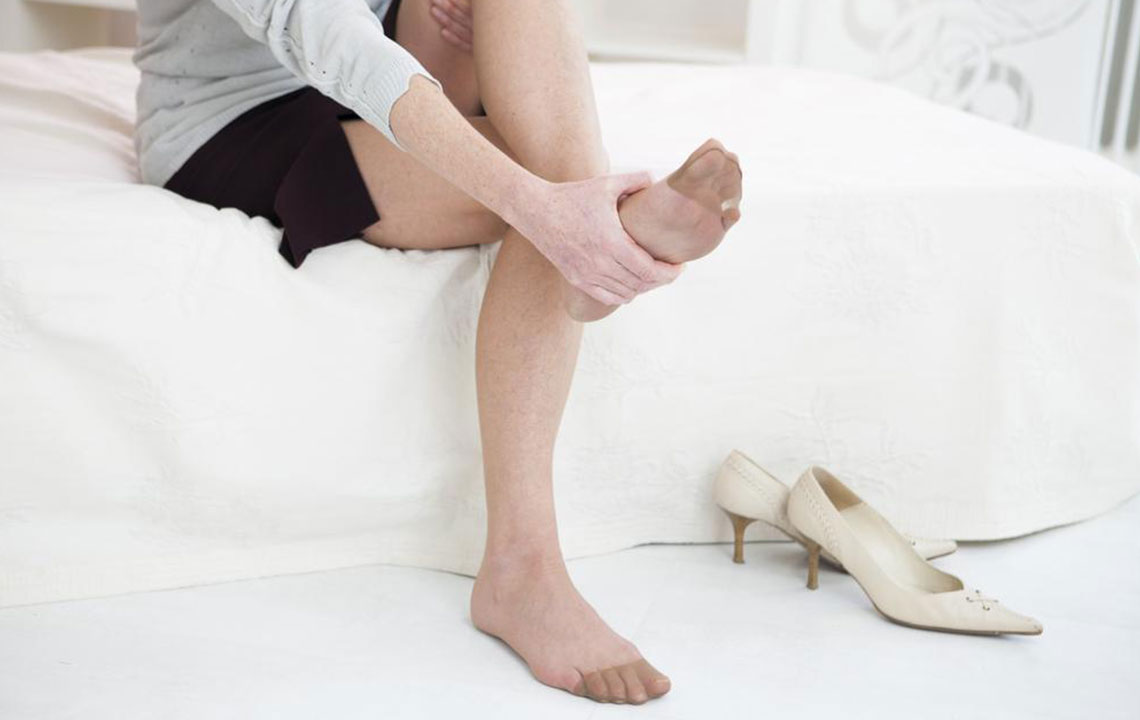Comprehensive Guide to Healing Diabetic Foot Blemishes and Blisters
This comprehensive guide explores effective strategies to heal and prevent diabetic foot blemishes and blisters. It emphasizes regular medical care, proper diet, meticulous foot hygiene, appropriate footwear, and advanced treatments. By following these expert-recommended practices, diabetics can maintain healthier feet, prevent infections, and improve overall foot health, ensuring a better quality of life with fewer complications related to foot skin issues.

Comprehensive Strategies for Treating Diabetic Foot Blemishes and Blisters
Diabetes mellitus, commonly known as diabetes, is a chronic metabolic disorder that affects millions worldwide. Characterized primarily by elevated blood sugar levels, this condition results from either inadequate insulin production by the pancreas or the body's inability to effectively utilize insulin, leading to insulin resistance. Over time, uncontrolled diabetes can cause a range of complications, particularly affecting the skin and extremities, with foot issues being among the most common concerns.
Individuals living with diabetes often experience a variety of symptoms, which may include nerve damage (diabetic neuropathy), poor circulation, and immune system impairments. These issues can make the skin on their feet more prone to developing blemishes, blisters, ulcers, and other skin lesions. If left unmanaged, these wounds can lead to serious infections, sometimes resulting in amputations in severe cases. Therefore, understanding effective strategies for preventing and treating foot blemishes and blisters is vital for maintaining overall health and mobility in diabetics.Seek Professional Medical Help
Regular medical consultations are essential for individuals with diabetes, especially for those newly diagnosed. Routine check-ups allow healthcare providers to assess foot health, detect early signs of problems, and recommend suitable interventions. Healthcare professionals such as endocrinologists, podiatrists, and diabetic specialists can provide specialized guidance on foot care practices. Nutritionists can help craft personalized meal plans that support blood sugar control, thereby reducing the risk of skin issues like blisters or marks. Diabetic educators can teach effective self-monitoring techniques, empower patients to recognize early foot problems, and implement preventive measures.
Adopt a Well-Balanced, Low-Risk Diet
A diet low in refined carbohydrates and saturated fats is crucial for managing blood sugar levels and overall health. Emphasizing the intake of complex carbs, fiber-rich foods, lean proteins, and healthy fats can prevent blood sugar spikes and contribute to healthier skin. Proper nutrition supports wound healing and skin regeneration, reducing the likelihood of blemishes and scarring on the feet.
Maintain Good Foot Hygiene and Daily Care
Proper foot hygiene practices are foundational in preventing skin issues. Patients should wash their feet daily with lukewarm water and mild soap, then gently pat dry. Applying moisturizer can prevent dry, cracked skin that may serve as entry points for bacteria and fungi. Avoid walking barefoot, especially outdoors or in environments where cuts and injuries are more likely. Regularly inspect feet for any signs of redness, blisters, cuts, or bruises. Promptly addressing minor injuries can prevent complications.
Engage in Regular Physical Activity
Physical activity improves circulation, enhances immune function, and helps regulate blood glucose levels. Exercise routines tailored to individual health conditions should be adopted under medical supervision. Activities like walking, swimming, or low-impact aerobics can boost overall health and reduce the risk of foot problems by promoting better blood flow to extremities.
Utilize Advanced Medical Treatments like Chemical Peels or Laser Therapy
For persistent blemishes, scars, or blisters, dermatological procedures such as chemical peels or laser therapy may be recommended. These treatments can help improve skin texture and appearance, promoting quicker healing and reducing the visibility of marks. However, such procedures should only be performed by qualified medical professionals with experience in treating diabetic foot skin issues. Consulting your healthcare provider before opting for these treatments is essential to ensure safety and appropriateness.
Proper Footwear and Protective Gear
Wearing well-fitting, supportive shoes reduces pressure and friction on the feet, decreasing the risk of blisters and skin irritation. Diabetic patients should prefer footwear made of breathable, soft materials, and avoid tight or poorly fitting shoes. Using cushioned insoles and avoiding walking barefoot in risky environments further safeguards the feet against injuries. In addition, daily use of moisturizing creams and protective dressings can shield the skin from dryness and mechanical trauma.
Long-Term Management and Prevention
Preventing foot blemishes and blisters requires a comprehensive, proactive approach. Maintaining tight blood sugar control through medication adherence, diet, and lifestyle modifications is the cornerstone of prevention. Regular foot examinations and prompt treatment of minor problems help avert complications. Patients should educate themselves about the signs of infections and seek immediate medical attention if issues worsen. Multidisciplinary care teams, involving podiatrists, endocrinologists, and wound care specialists, can provide customized strategies for foot health management in diabetics.
Managing diabetic foot issues effectively involves a combination of medical guidance, lifestyle adjustments, and diligent foot care practices. This integrated approach can significantly reduce the occurrence of blemishes and blisters, ultimately preserving foot health and enhancing quality of life for individuals with diabetes. Remember, early intervention and consistent care are key to preventing severe complications, including infections and amputations.





